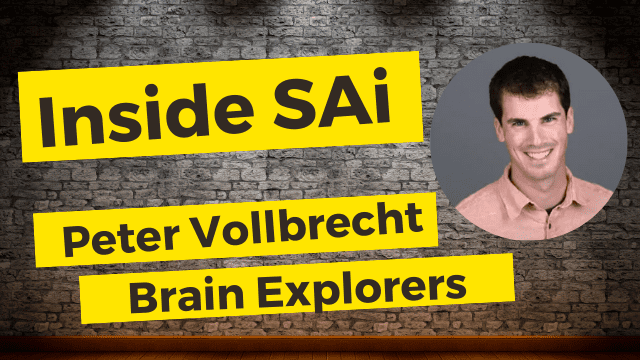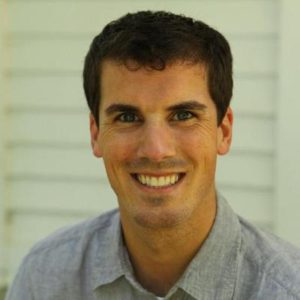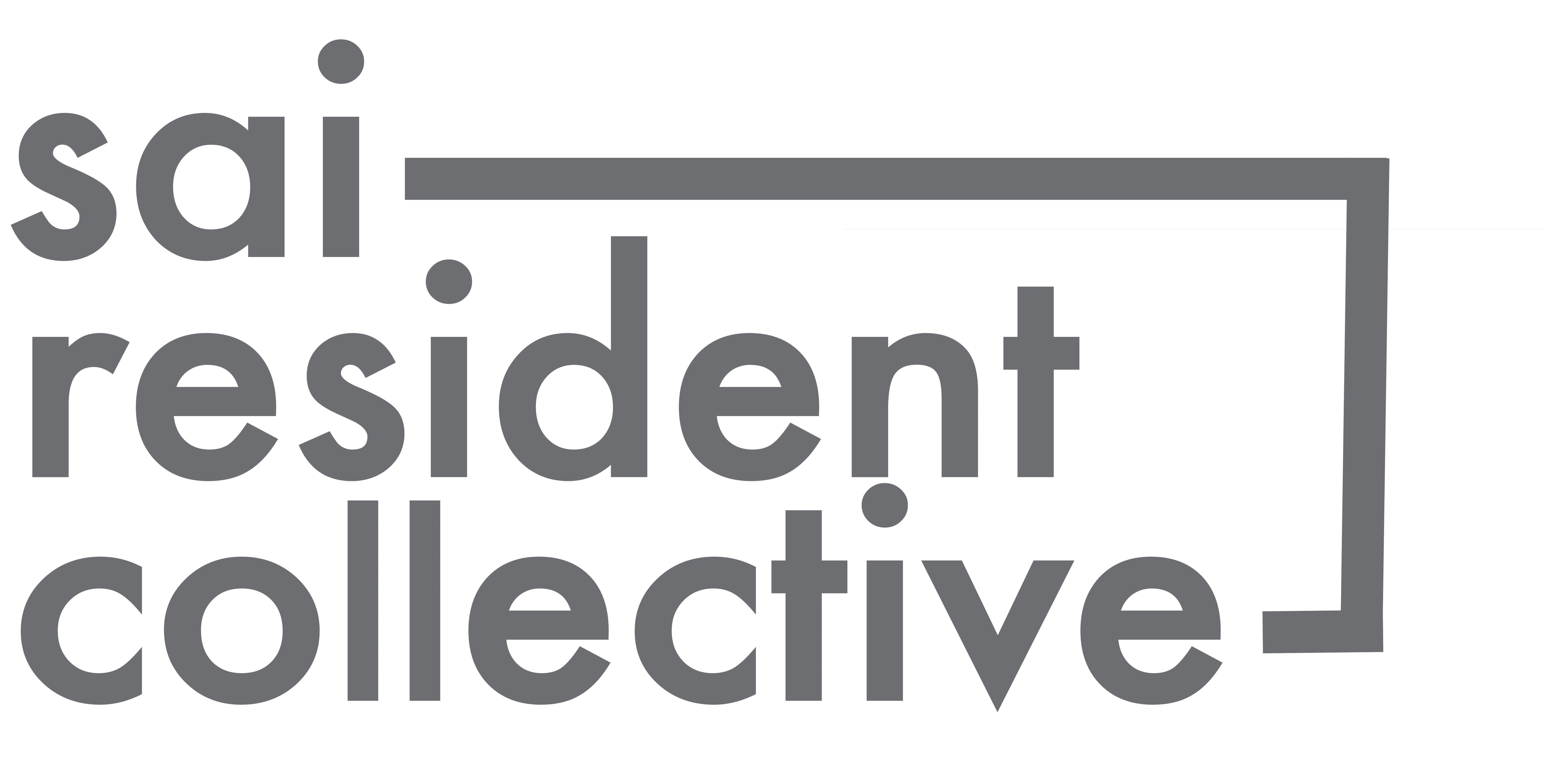- November 15, 2021
- Posted by: Ariana
- Category: Resident Stories

Welcome back, everyone, to another edition of Inside SAi!

We were excited to catch up with SAi Senior Resident Peter Vollbrecht to talk about his outreach project, Brain Explorers, which strives to provide exceptional neuroscience experiences to K-12 students through collaborations with local school systems. SAi Fun Fact – Peter was one of our first SAi Fellows! Keep reading below to learn more about his work and how SAi has helped him make an impact.
SAi: In your own words, what is Brain Explorers and how does it make a difference?
PV: Brain Explorers is a science outreach initiative created to bring exciting neuroscience programming to local middle school students. In particular, the program aims to reach underserved and underrepresented students in STEM. Our goal is to connect with students early on before deciding that “science isn’t for them.” All of the work we do is about making science engaging, accessible, and assessable.
We develop low-resource science outreach lesson plans with others to spark student curiosity, regardless of whether or not our instructors are present to deliver them.
SAi: How did this idea come to mind?
PV: The idea came to mind when I first started working with a group of faculty to host a Brain Awareness Week at Hope College. We noticed we were reaching entirely different groups of students during our in-school events than those we saw during on-campus science fair events. It became evident that creating outreach programs that meet students where they are will be more effective, specifically for those with low enthusiasm for science. Keeping this in mind when I moved to WMed (Western Michigan University Homer Stryker M.D. School of Medicine), Dr. Porter-Stransky and I teamed up to create an outreach program devoted to in-class visits in underserved communities.
SAi: What was the process like creating this?
PV: The process was slow! The first year we did all this work and research but found we hadn’t measured anything and had no idea if we were truly successful. The following year we strategically assessed our programs and connected with more local schools. I realize how important it is to make strong connections with the schools and engage passionate and engaging instructors. While we are working to improve interest in science, the most important thing we do is build relationships.
SAi: How does Brain Explorers stand out from other initiatives? What makes it unique?
PV: Brain Explorers is like many other outreach programs, but two things make us unique. First, we reach out to classrooms with developed lesson plans and learning objectives that match national science standards. This helps make it clear to teachers that we have put thought and effort into the lesson while keeping the students’ interests in mind. Second, we care a lot about assessing our program to ensure that we meet the goals we have set. This includes gathering demographic data for our students and their families to ensure that our lessons effectively meet our learning objectives. In many ways, I see us more as a program that sets a high bar for what science outreach programs can, and should be, especially as we merge formal and informal science learning.
SAi: What’s coming up in the near future for Brain Explorers? What efforts are you working on now?
PV: Our biggest push right now is to get a website active that will host our lesson plans. We plan on hosting these lesson plans for free on our website so anyone who wants to use them can. With COVID, we performed our outreach “visits” virtually through Zoom and have started to consider converting these virtual lessons into online modules that could be used without an instructor. Stay tuned!
SAi: How has SAi helped you during this process?
PV: I got involved in SAi for the first time about three years ago in response to a call from SAi on Twitter for ideas to spend $100 on science communication or outreach projects. Interacting with Fanuel drew me in, and the conversations we had about assessment and creating high-quality outcomes and outputs were really valuable. Plus, I hadn’t used the logic model for any of my processes in the past, and this method elevated the way I think about content.
SAi: What advice do you have for others looking to break into the field?
PV: Use a logic model to help you understand your program. You need to think about all of the pieces to make a high-quality program. The two most important things I can recommend are to have a very firm understanding of the problem you are trying to solve and have precise assessment measures that enable you to see whether you are achieving your goals.
Also, talk to as many people as you can and don’t recreate the wheel. Others have done similar science communication initiatives before you, and you can learn from many fields. For those coming from hard science backgrounds, talk to people in communications departments or fields. There is a lot about communication that you aren’t taught during hard sciences graduate work.
SAi: If others have more questions, where can they find/contact you?
PV: They can find me on Twitter (@pjvollbrecht), LinkedIn, or via email.
